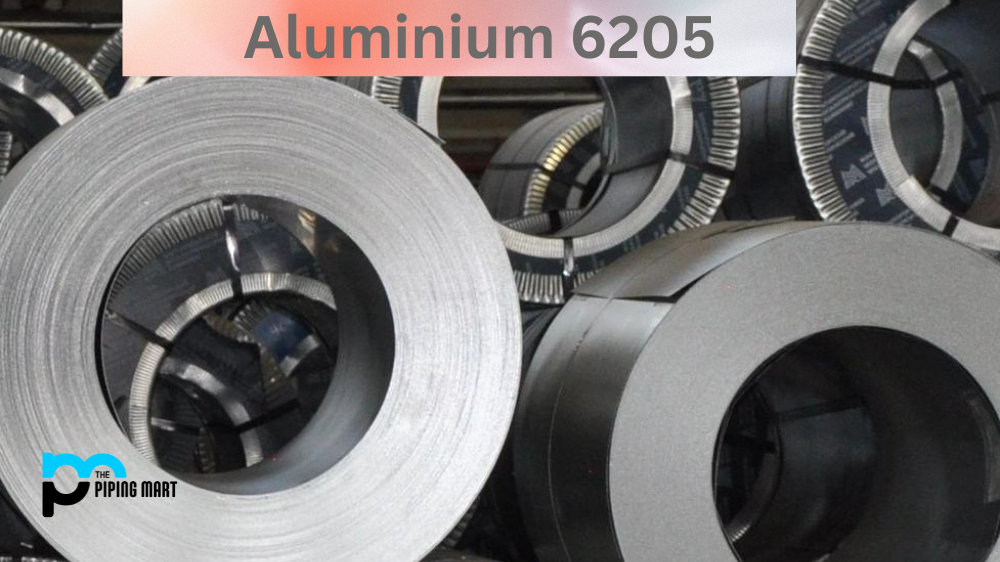SAE/AISI 1119 is a low-carbon, high-manganese steel. It is frequently used in automotive parts and components where good machinability and weldability are required. In addition, 1119 is also often used to manufacture cold-rolled steel. SAE/AISI 1119 Carbon Steel (UNS G11190) is a low-carbon, manganese steel that is malleable and ductile, making it an ideal material for manufacturing automotive components, machinery parts, and other industrial applications. With a composition of 0.14-0.20% carbon and 1.00-1.30% manganese, AISI 1119 Carbon Steel is known for its easy machinability, good weldability, and high strength. This steel grade also has excellent corrosion resistance, making it a popular choice for durable applications. With its robust properties and versatile applications, it’s no wonder that AISI 1119 Carbon Steel is a frequently used material in the manufacturing industry. Let’s take more information about 1119 Carbon Steel alloy and see what it can be used for.
What Forms of AISI 1119 is Available at Piping Mart?
- Nut
- Bar
- Bolt
- Pipe
- Screw
- Tubing
- Valves
- Washers
- Flanges
- Fasteners
- Electrodes
- Stud Bolts
- Sheet Plates
- Pipe Fittings
- Forged Fitting
- Instrumentation Fittings
AISI 1119 Composition
| Element | Content (%) |
|---|---|
| Iron, Fe | 98.13 – 98.62 |
| Manganese, Mn | 1.0 – 1.30 |
| Sulfur, S | 0.240 – 0.330 |
| Carbon, C | 0.14 – 0.20 |
| Phosphorous, P | 0.040 |
AISI 1119 Physical Properties
The density of AISI 1119 carbon steel is approximately 7.87 grams per cubic centimeter (g/cm³). This value reflects the mass per unit volume of the material. AISI 1119’s moderate density and favorable mechanical properties contribute to its suitability for applications where a balance between strength and weight is crucial, such as in various industrial components.
| Properties | Metric | Imperial |
|---|---|---|
| Density | 7.87 g/cm3 | 0.284 lb/in³ |
AISI 1119 Mechanical Properties
AISI 1119 carbon steel exhibits a bulk modulus of approximately 140 GPa, an elastic modulus of around 200 GPa, and a Poisson’s ratio of roughly 0.29. These mechanical properties characterize its response to deformation and stress. The values indicate AISI 1119’s ability to withstand loads and deformations while providing insight into its behavior under different mechanical conditions.
| Properties | Metric | Imperial |
|---|---|---|
| Bulk modulus (typical for steel) | 140 GPa | 20300 ksi |
| Shear modulus (typical for steel) | 80.0 GPa | 11600 ksi |
| Elastic modulus | 190-210 GPa | 27557-30458 ksi |
| Poisson’s ratio | 0.27-0.30 | 0.27-0.30 |
AISI 1119 Thermal Properties
| Properties | Metric | Imperial |
|---|---|---|
| Thermal expansion co-efficient (@ 20°C/68°F, typical steel) | 11.5 µm/m°C | 6.39 µin/in°F |
| Thermal conductivity (typical steel) | 51.9 W/mK | 360 BTU in/hr.ft².°F |
AISI 1119 Equivalent
- ASTM A183
- ASTM A29
- ASTM A510
- ASTM A576
- SAE J1249
- SAE J1397
- SAE J412
AISI 1119 Uses
AISI 1119 is a versatile steel alloy with a wide range of applications in the automotive industry. Due to its high manganese content, this steel alloy is easy to machine and weld. It can also be heat treated for increased strength and hardness. Some common uses for SAE 1119 include:
- Automotive parts such as gears, shafts, and axles
- Cold rolled steel
- Welded tubing
AISI 1119 Corrosion Resistance
AISI 1119 Heat Resistance
AISI 1119 Machinability
AISI 1119 Welding
Conclusion:

A passionate metal industry expert and blogger. With over 5 years of experience in the field, Palak brings a wealth of knowledge and insight to her writing. Whether discussing the latest trends in the metal industry or sharing tips, she is dedicated to helping others succeed in the metal industry.




